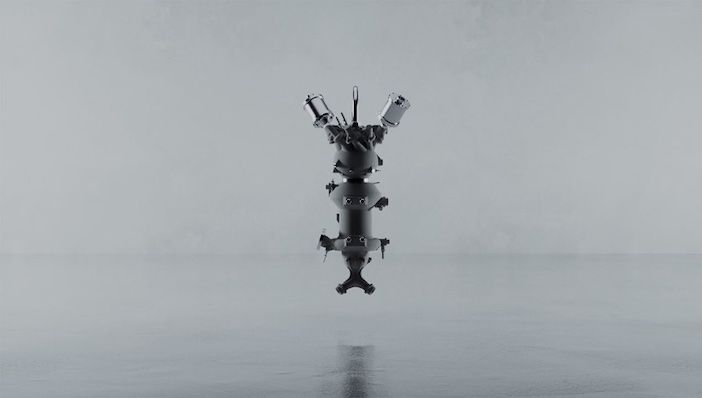An integral component of the Ariane 6 rocket’s re-ignitable upper stage has passed qualification testing and will soon be integrated into the upper stage for testing.
The upper stage’s Auxilary Power Unit (APU) is one of the final parts of the rocket to be qualified and is used to pressurize its tanks. Th APU is also a vital for the operation of the Vinci cryogenic liquid rocket engine that powers the reignitable upper stage Airane 6,
Ariane 6 is the latest in the European series of space launch vehicles and is expected to make its first flight in April 2022. Once the upper stage of Ariane 6 is in orbit, the Vinci engine can be reignited up to five times, enabling it to deliver multiple payloads during one mission and ensuring that the engine safely deorbits.
Ariane 6 is the first reignitable launcher developed by the ArianeGroup for the European Space Agency.
More than 50 tests, representing more than 50 hours of operation, have been conducted on the APU since the beginning of its development.
Once integrated into the upper stage, the APU draws a small quantity of liquid oxygen and hydrogen fuel from the tanks which it heats up by means of a gas generator produced entirely by 3D printing, pressurizes, and then injects back into the tanks.
This process settles the propellants towards the bottom of the tanks to ensure optimal operation of the Vinci engine’s turbopumps. Because the behavior of fluids is significantly affected by weightlessness, the propellants would otherwise tend to disperse throughout the tanks.
The APU can also generate additional thrust on demand. For example, to propel the stage once in orbit, a function that is particularly useful for the separation of satellite “clusters”, a method used for constellation deployment, or to improve the accuracy of final orbital injection.
The next stage of testing for the APU will be conducted once it is integrated into the first complete Ariane 6 upper stage, the purpose-built Hot Firing Model (HFM), which is being preapted at the German Aerospace Center DLR’s dedicated test bench in Lampoldshausen, Germany.





